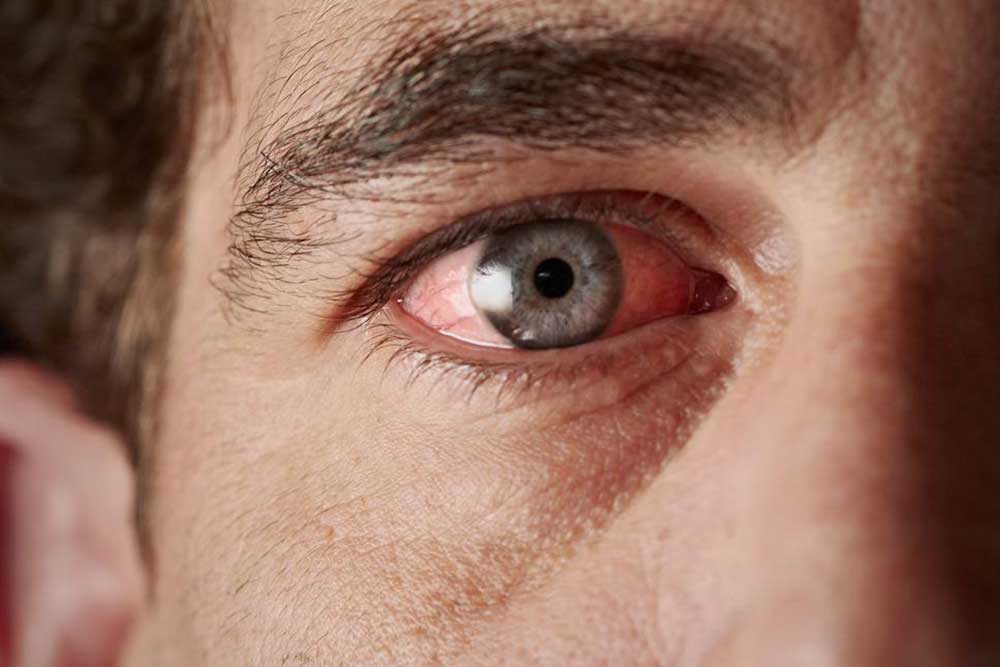Understanding Common Causes of Eye Blood Vessel Bleeds
This article explores various causes of blood vessel ruptures in the eye, including minor hemorrhages like subconjunctival hemorrhage, common risk factors, and preventive advice. Understanding these factors can help in timely management and reassurance, as most eye bleeds resolve naturally without lasting damage. The piece emphasizes the importance of seeking medical attention for persistent or severe symptoms to ensure proper care and avoid complications.

Understanding Common Causes of Eye Blood Vessel Bleeds
The human eye is a delicate organ with the conjunctiva—a transparent tissue covering the eye—containing many tiny blood vessels. These vessels are present on the sclera (white part of the eye) and inside the eyelids, playing a crucial role in protecting and lubricating the eye through fluid secretion. Bleeding occurs when a small blood vessel ruptures, leading to visible blood in the eye. Such hemorrhages are often harmless and resolve on their own within about two weeks.
Blood vessel ruptures in the eye, often called subconjunctival hemorrhages, happen when tiny vessels beneath the conjunctiva break, causing a bright red appearance on the white part of the eye. This condition usually shows up unexpectedly and doesn't impair vision since the cornea, responsible for eyesight, remains unaffected. Most cases resolve naturally without treatment.
Risk Factors for Eye Hemorrhages
People with diabetes
Individuals with high blood pressure
Users of blood thinners like aspirin or warfarin
Those with bleeding disorders
Common Causes of Blood Vessel Breakage in the Eyes
Trauma or injury, especially to the face
Eyestrain from prolonged visual tasks
Forceful coughing or sneezing
Lifting heavy objects or intense physical activity
Certain eye infections
Vitamin C deficiency
Prompt medical advice is essential if bleeding occurs, as untreated issues can cause further health complications and impact vision.










